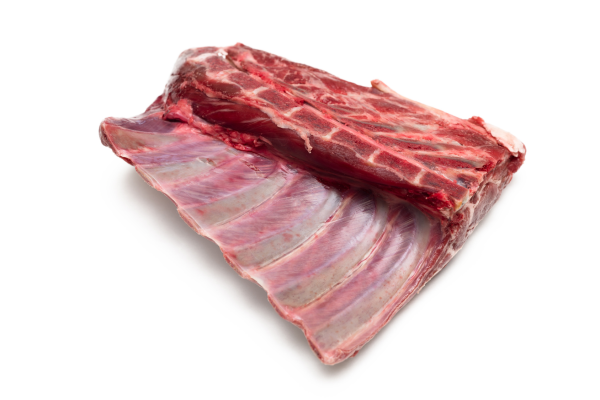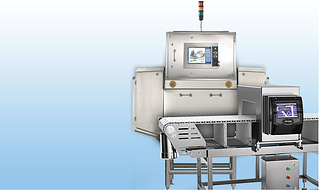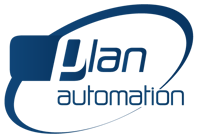 For many processors of raw meat products, the fat content (a.k.a. chemical lean or CL) is one of the most important factors in need of control, whether that meat processor is selling ground meat or whole cuts.
For many processors of raw meat products, the fat content (a.k.a. chemical lean or CL) is one of the most important factors in need of control, whether that meat processor is selling ground meat or whole cuts.
Consumers are very conscientious about the issue of fat content in their diet, and many pay a premium to acquire lean cuts of meat. In addition, the product taste and quality is also greatly affected by the CL content.
Accuracy in determining the fat content, or chemical lean, of a sample of meat is crucial to determining the value of that meat.
Misrepresenting the fat content of a piece of meat because of an inaccurate measurements can create problems for meat processors, such as bad press, product recalls, or demands for refunds for improperly assessed meat packages. Considering how narrow the profit margin on slaughterhouse operations can be, avoiding any form of extra expense is a necessity for keeping operations running.
So, how does fat analysis for meat work? There are a couple of different ways to measure fat in a sample of meat:
-
The Traditional Method. Known as the Soxhlet method (named after the procedure’s inventor), this method relied on weighing a piece of meat, extracting the fat, and weighing the meat again. Anything that was left was presumed to be chemical lean.
-
The New Method. Using Dual Energy X-Ray Absorptiometry, or DEXA, technology, specialized x-ray machines can scan a sample of meat to determine the fat content of the sample.
The Trouble with the Traditional Method
The Soxhlet method, while still used in laboratory settings, is considered too impractical for slaughterhouse use. Although a properly executed Soxhlet test can be as accurate as 0.2 percent, there are some issues.
First, a ground sample of meat is placed in an extractor where ether is dripped through the sample to extract the fat. The fat is then boiled to remove the solvent, and the leftover fat is weighed. This process of extraction, boiling, and measuring a sample of meat is slow and time-consuming which could delay shipping and processing of meat.
Worse yet, this test method is usually only applied to a very small portion of the overall batch of meat. How small a portion? It isn’t uncommon for a mere 0.00001 percent of a batch to be tested.
What if the distribution of fat in the sample isn’t even? A batch of meat that actually averages 95% lean could be mistakenly marked as being 85% lean instead, or vice versa. With such a tiny sample size, you could never be certain that the average for the whole was being accurately represented.
Between the long lead time and the general unreliability of the test, it’s little wonder that the Soxhlet test has been supplanted by newer, faster, more reliable methods.
How DEXA Technology is used to Measure CL
 Unlike the Soxhlet or other lab-based methods, DEXA technology allows meat processors to have an inline solution to check 100% of the meat that they are processing in real time.
Unlike the Soxhlet or other lab-based methods, DEXA technology allows meat processors to have an inline solution to check 100% of the meat that they are processing in real time.
As the full name of dual energy x-ray absorptiometry might suggest, DEXA scanners use two separate x-ray energy frequencies to scan meat as it passes through the system. The DEXA system measures the amount of energy that is absorbed by the meat and how much simply passes through.
Because fat, bone, and lean tissues all absorb x-rays at different rates, the machine’s measurement of the ratio of high and low energy x-rays that were absorbed allow it to determine the fat content of the meat. The machine takes the detected percentage of fat and removes it from a flat percentage of 100 to determine the chemical lean value of the meat.
For example, if the meat has a fat content of 12%, then the DEXA machine would report a CL value of 88. The big advantages of this method are:
-
Accuracy. The use of DEXA provides highly repeatable, consistent results.
-
Thoroughness. Unlike lab testing methods, you’re not limited to checking a fraction of a percent of a batch of meat product, you can check everything as it is being processed through your production line.
-
Speed. Also unlike lab testing, you don’t have to wait for hours to get a test result. X-ray inspection scans are run in real-time without delay.
-
Can Detect More Than Just Fat Content. A DEXA inspection system can also pick up unsafe contaminants that might make it into your product, such as glass, metal or other foreign bodies, improving safety and quality standards.
-
Protein and Moisture. The DEXA X-ray system can also provide protein and moisture values allowing you to very accurately control you product formulation to achieve the best product quality at the lowest cost.
If you need a fast, reliable way to make sure that the meat you’re selling can meet product quality standards and is being marked as having the right amount of chemical lean content, then a DEXA inspection system may be right for you!
Learn more about x-ray inspection for meat today by contacting us here.


